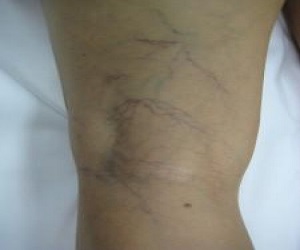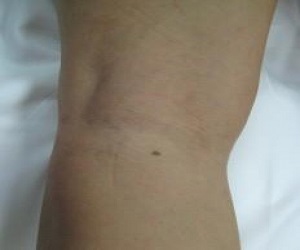If you have tiny blue and purple lines across the skin on your legs or face – you’re likely living with spider veins. Believe it or not, millions of people struggle with these pesky veins and are unsure of where they come from or how to get rid of them.
Here at Premier Vein & Body by Schwartz, we’ve helped thousands of patients in the Kansas City area say goodbye to their spider veins and enjoy a restored sense of confidence. Let’s dive deeper into why spider veins pop up and the various types of treatments that may eliminate them from your skin and life!




